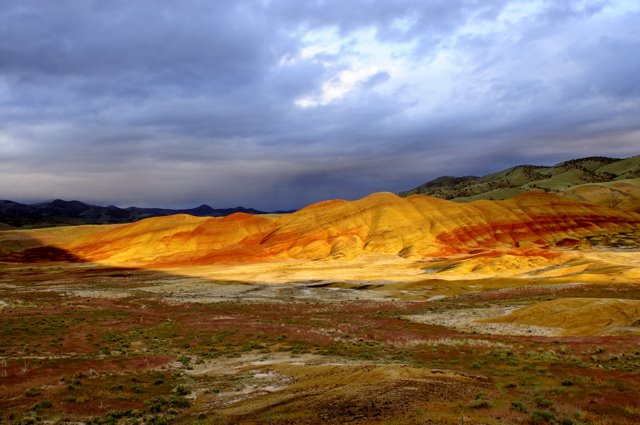 I really like this rendition of The Three Arches near Cape Meares, Oregon. I used the Monochrome feature of my Nikon D300 set to Sepia. I also used a high ISO, a small aperture for depth and fast shutter to freeze the grasses. This is number 54 of the 55 images I kept and is from the fourth tripod position.
I really like this rendition of The Three Arches near Cape Meares, Oregon. I used the Monochrome feature of my Nikon D300 set to Sepia. I also used a high ISO, a small aperture for depth and fast shutter to freeze the grasses. This is number 54 of the 55 images I kept and is from the fourth tripod position.The text above is what I wrote on facebook when I first published this image.
I used those settings because the day was very difficult for landscape photography. It was one of those days when the fog is thin and the clouds high with the sun making the sky very bright. This made the light range between the lights and darks too much for my camera to handle in normal modes. I tried using the feature my camera has of overlaying images but that didn't work well either.
As I set up to shoot this scene the wind came up and began blowing the grasses around which I didn't want. I set the ISO to 1250. That's really high, but I knew it would allow me to use a faster shutter speed and a small aperture than at 200 or 400 where I usually set the ISO. Next I set my aperture to F/29 for a deep depth of field. I also set focus to manual and hyper-focused the lens. I wanted the grasses and foreground in focus so I set the focal length slightly long for the grasses and let the small aperture take care of rocks in the background. Oh! my lens is the 18-200 Nikkor zoom that came with the camera. I left vibration reduction on but did not think to set it to the tripod setting. I was mounted on my old Bogan-Manfrotto 3220 with the 3030 head.
As I said before I used the monochrome setting set to sepia for this shot but I also used several other settings and filters as I worked my way along. The bright sun reflecting off the water caused me to re-position my camera so I could remove the blown highlights. My histograms kept climbing both ends of the scale until I went with the monochrome settings. I really didn't know what I was doing here since I don't usually shoot in this mode. I depended totally on the histograms to show me what was going on. My eyeglasses are the kind that darken in sunlight and without them I couldn't see my camera settings and with them the images on my screen were not true renditions of the images. The histograms made all the difference for me. Eventually I discovered that underexposing the image by 2/3 stop brought the lines off the histogram walls.
It was a good day!
